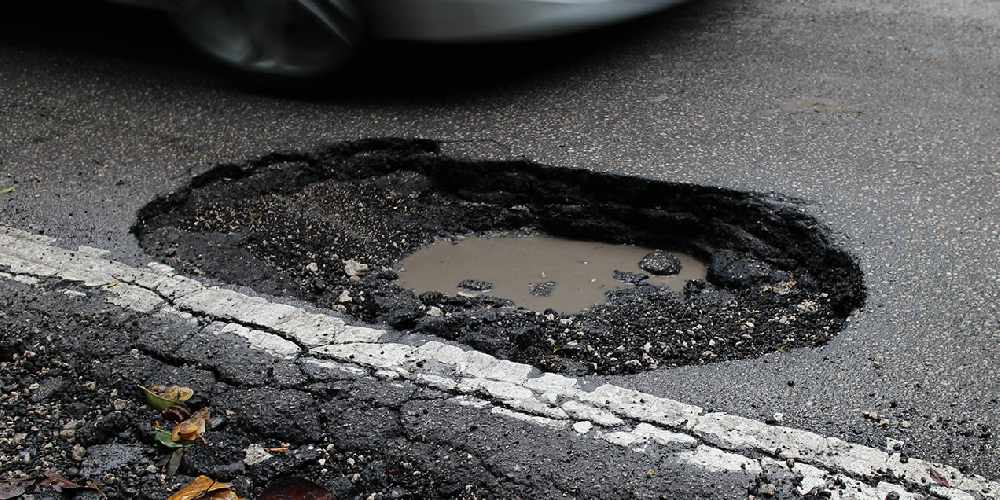
Almost all potholes being reported to county highways teams are being repaired within 20 working days, claims a new report.
Lancashire County Council says that more potholes were repaired within 20 working days of being reported last winter than the same period the previous year; and that the latest available data shows that 99 per cent of potholes are being repaired within 20 days of being reported.
But while the council says that "good progress" is being made in improving roads, a Morecambe county councillor said there were still "big challenges ahead".
County Councillor Charlie Edwards, cabinet member for highways and transport, said: "It's great to see that consistent investment in our most important A, B and C roads continues to make a significant difference, with far fewer potholes and other issues now being found on these roads.
"Recent performance data also shows that we're responding to problems such as potholes in a timely manner. This swift action represents good progress, and I hope will be reflected in the next annual survey of Lancashire's roads.
"This report shows that our long-term plan to improve the county's transport infrastructure is working, and confirms that 'prevention is better than cure', rather than always focusing on replacing the worst first, is the right strategy over time. It also means we receive more incentive funding from the Department for Transport as we can show we provide good value for money.
"However, we still face some big challenges and the survey of the unclassified residential road network shows there is a substantial backlog. This is the focus of the second phase of our strategy and means that we are currently investing more in these roads, but the scale of the task as shown by our recent surveys is even bigger than we could have expected.
"I want as much as anyone else for our residential roads to look neat and tidy, and we will continue to invest as much as we can in them, but improving their condition will take time with the current level of funding we receive, added to the inflationary pressures on the materials we use to maintain our roads.
"Replacing street lighting columns and traffic signal equipment also presents a challenge as the rate at which we can afford to replace them means their overall condition is gradually declining.
"We are looking at new approaches to traffic signal maintenance focussing on replacing the obsolete components, rather the renewing the whole junction as well as alternative strategies for street lighting column replacement."
The report shows that 99 per cent of potholes or "safety carriageway defects" were repaired within 20 working days between April and June 2022, with 97 per cent being repaired within 10 working days, 91 per cent within five working days and 96 per cent within two working days.
These were all improvements on the previous year's percentage (95 per cent, 87 per cent, 79 per cent and 82 per cent respectively).
However, emergency pothole repairs, those repaired within four hours, had dropped from 96 per cent to 82 per cent.
These figures cover potholes reported on all roads in Lancashire.
The report also says that:
- Good progress continues to be made in maintaining the condition of the A, B and C road networks.
- The condition of the Unclassified Road network shows there is a substantial backlog.
- Street lighting column replacement and traffic signal replacement stock continues to age and both show a decline in condition, as there "are insufficient funds available to replace the stock at an appropriate pace". The report says "a revised approach to traffic signal maintenance is being implemented that will focus on replacing the obsolete components, rather the renewing the whole junction, which will help to address this issue. Alternative strategies for street lighting column replacement are also being investigated."
The aim of Lancashire County Council's Transport Asset Management Plan (TAMP) is "to maintain and improve the overall state of infrastructure such as roads, bridges and streetlights by using survey data to target repairs at the right time, before more expensive and time-consuming work is needed".
The report was presented to Lancashire County Council cabinet at its meeting on September 8.



 Lancaster remains best university in North West England in Complete University Guide
Lancaster remains best university in North West England in Complete University Guide
 'Music with the Mayor' initiative launched to support North Lancashire’s Citizens Advice
'Music with the Mayor' initiative launched to support North Lancashire’s Citizens Advice
 DIARY: Beyond Radio presenter fighting cancer continues his '60 Before 60' challenge
DIARY: Beyond Radio presenter fighting cancer continues his '60 Before 60' challenge
 BIG FIGHT COUNTDOWN: Tyson Fury's father John headbutts Usyk supporter ahead of undisputed heavyweight title fight
BIG FIGHT COUNTDOWN: Tyson Fury's father John headbutts Usyk supporter ahead of undisputed heavyweight title fight
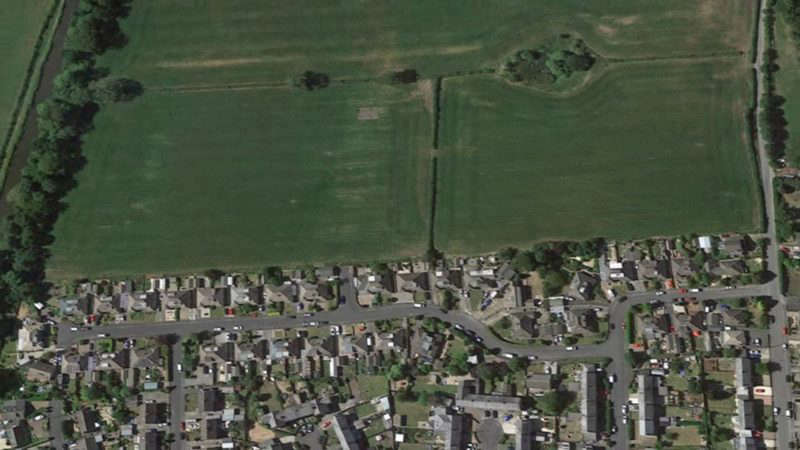 Decision to refuse Galgate housing scheme planning permission upheld following public inquiry
Decision to refuse Galgate housing scheme planning permission upheld following public inquiry
 INTERVIEWS and PHOTOS: The story of Highest Point festival 2024
INTERVIEWS and PHOTOS: The story of Highest Point festival 2024
 INTERVIEW: Lancaster prison officer backed by Tyson Fury wins sport contest ahead of Miss England bid
INTERVIEW: Lancaster prison officer backed by Tyson Fury wins sport contest ahead of Miss England bid
 VIDEO and INTERVIEW: Lancaster schoolboy, 10, makes drum 'n' bass DJ debut at Lancaster festival
VIDEO and INTERVIEW: Lancaster schoolboy, 10, makes drum 'n' bass DJ debut at Lancaster festival
 Highest Point 'Lancaster Rocks' night cancelled due to thunderstorms warning
Highest Point 'Lancaster Rocks' night cancelled due to thunderstorms warning
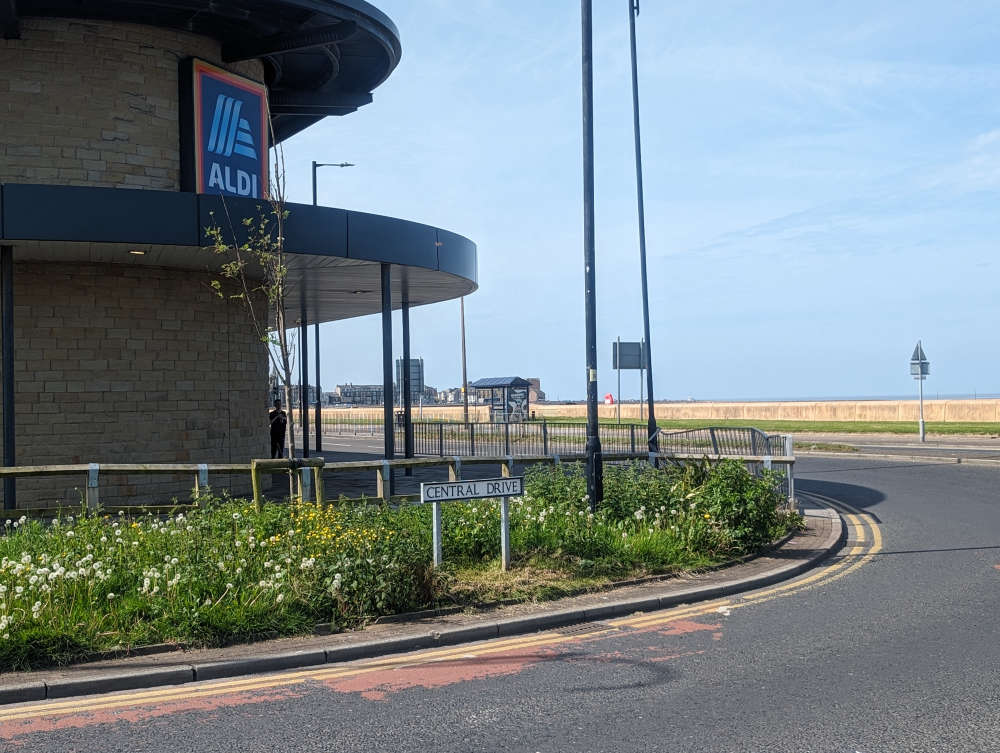 Quad bike rider dies after road crash in Morecambe
Quad bike rider dies after road crash in Morecambe
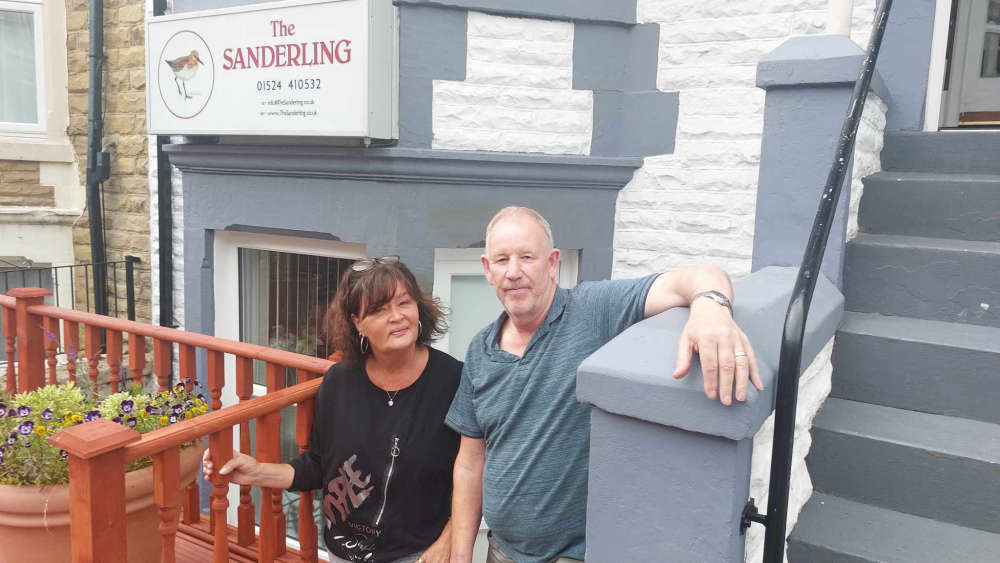 Morecambe guesthouse couple to star on reality TV show 'Four in a Bed'
Morecambe guesthouse couple to star on reality TV show 'Four in a Bed'
 PHOTOS: Northern Lights dazzle on Highest Point festival day one
PHOTOS: Northern Lights dazzle on Highest Point festival day one
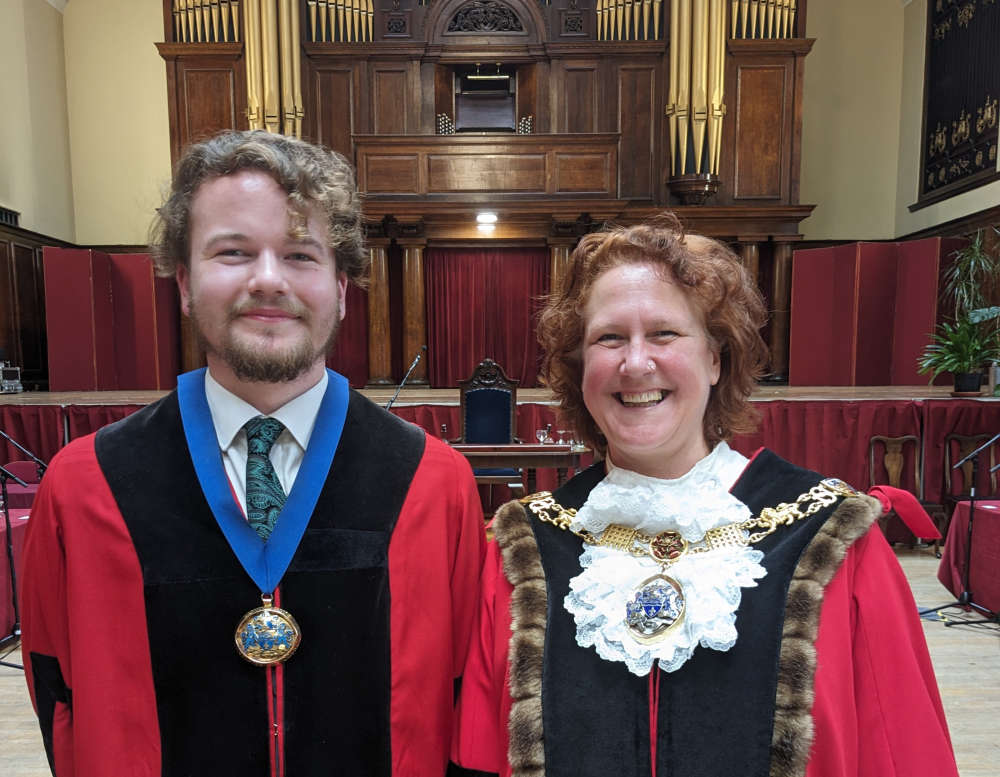 Mother and son unveiled as new Lancaster mayoral team
Mother and son unveiled as new Lancaster mayoral team
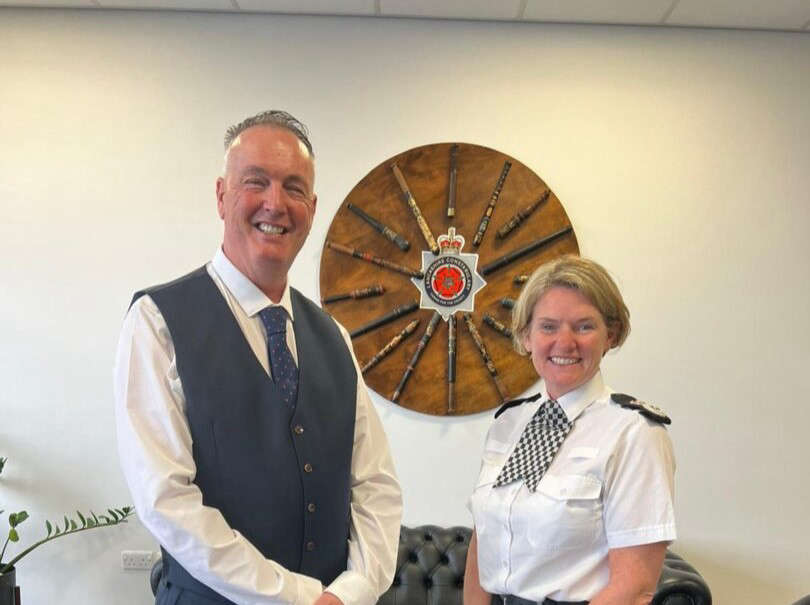 New police and crime commissioner for Lancashire begins role
New police and crime commissioner for Lancashire begins role
 Morecambe homeless man jailed after admitting criminal damage
Morecambe homeless man jailed after admitting criminal damage
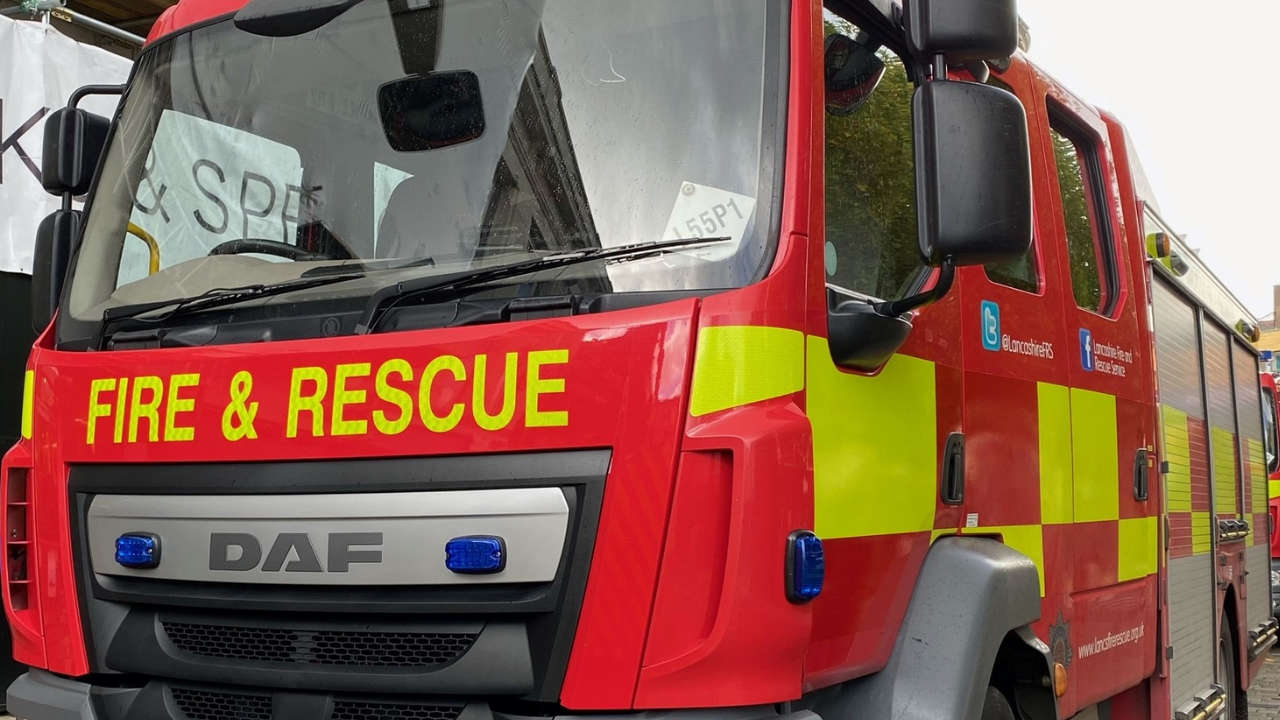 Firefighters tackle fire at flat in Morecambe
Firefighters tackle fire at flat in Morecambe
 Lancaster youth charity awarded £221,400 towards vision for 'creative youth space' in city
Lancaster youth charity awarded £221,400 towards vision for 'creative youth space' in city
 Tennis club near Lancaster unveils new courts after £50,000 fundraising campaign
Tennis club near Lancaster unveils new courts after £50,000 fundraising campaign
 INTERVIEW: Highest Point chief 'proud' of lineup for 2024 festival
INTERVIEW: Highest Point chief 'proud' of lineup for 2024 festival
 Highest Point festival stage times: all you need to know
Highest Point festival stage times: all you need to know




